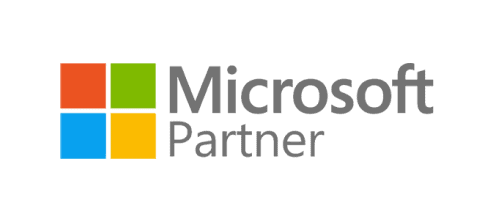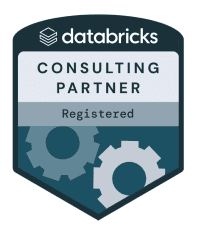Your Go-To Source for Tech, Strategy, and Scale
Cloud, DevOps, Experts Voice, Opinov8 Tips
DevOps, Experts Voice, Opinov8 Tips, product & platform
cloud, Cloud, DevOps, Experts Voice, product & platform
AI Development, DevOps, Experts Voice, product & platform





